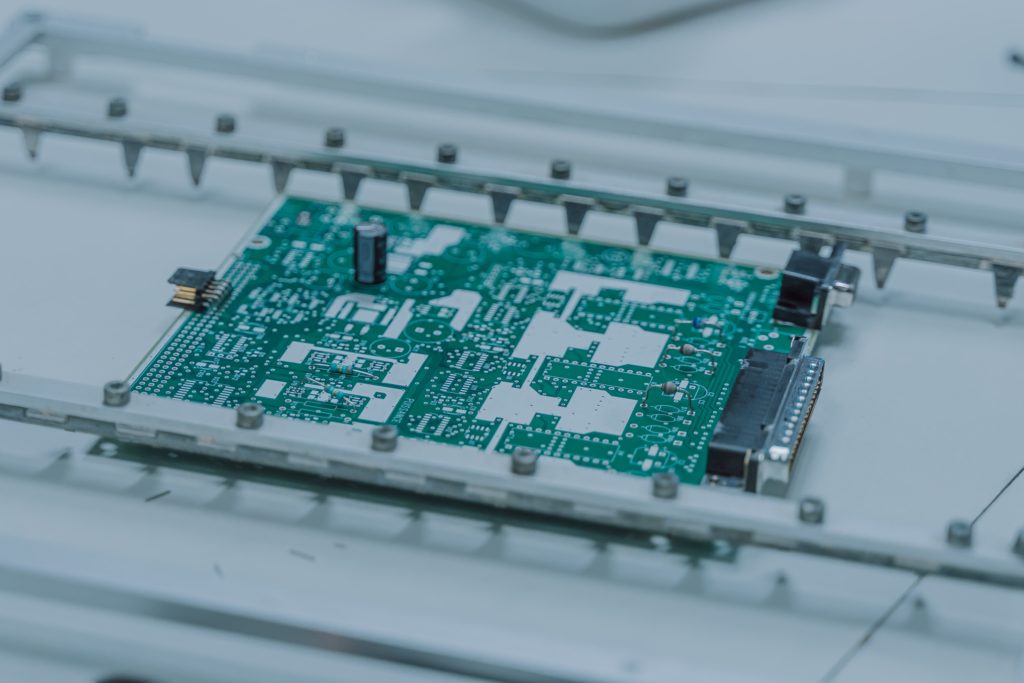Photo by Vishnu Mohanan on Unsplash
Since the semiconductor shortage started, private semiconductor players and public bodies have focused on semiconductor manufacturing. The primary reason impact semiconductor shortage had on all other industries that heavily rely on semiconductor solutions.
One of the positive impacts of semiconductor shortage (which ideally should be called a semiconductor opportunity) is the conversation around how to mitigate such shortage scenarios in the future. The best approach is increasing the semiconductor manufacturing capacity, but it also comes with several resources and investment constraints.
Private: Focusing on market-driven technology requirements and upgrading/building semiconductor fabrication capacity.
Public: Focused on creating an ecosystem for private players to either expand existing in-country semiconductor fabrication networks or create a new one from scratch.
It is more valid for semiconductor fabrication. It takes two to three years to build any new facility. After that few more years to break even. All while semiconductor technologies keep changing and the cost increases year on year. On another side, post-fabrication semiconductor manufacturing (OSAT to ATMP) is still (compared to semiconductor fabrication) on the lower (but not easy to build) side when it comes to cost and resource planning.
To mitigate any possible future semiconductor shortages, the private players and public bodies are taking different approaches, with the solve goal of mitigating future potential semiconductor shortages. Whichever path private and public players opt, the end impact is positive only. More so, when everything in day-to-day life is getting semiconductor driven.
Semiconductor capacity building leads to several types of positive impacts. Removing dependency and catering to in-country demand are a couple of such examples.
Dependency: Building semiconductor fabrication capacity allows countries to become more independent. In the long run, it also encourages homegrown products for in-country demand.
Demand: A cluster of semiconductor fabrication has the potential to bring balance to any future supply and demand cycle.
Dependency is all about ensuring the private players and governments are focused on creating semiconductor goods that make them independent in the long run. It is a vital process as several national critical infrastructures today require semiconductors. Thus fabricating these products in-house/in-country has is more important than ever.
Building the semiconductor fabrication capacity also restores supply and demand balance. Thus, reducing the overall cycle time. However, doing so demands time and continuous investment.

Apart from dependency and demand, the two other factors that push private players and public bodies to focus on semiconductor fabrication are leadership and advancement.
Leadership is about competition within the industry and also among the different governments. The hyper-connected and technology-enabled world has changed the definition of the superpower. It is why the governments are competing with each other and are coming up with industry-friendly policies.
Today, this solution is semiconductors and is the only factor that governments want to bring as much new fabrication capacity investment possible. More so, when semiconductors become the backbone of the digital world, which is not going to be an ever-growing environment.
Leadership: Semiconductor manufacturing is slowly becoming a deciding factor for who will become the next superpower.
Advancement: Focusing on semiconductor manufacturing empowers the development of inventions and solutions.
A country with an expanding semiconductor fabrication ecosystem will also create an ecosystem of talented and skilled resources. Over the years, as the semiconductor fabrication ecosystem grows, it ends up driving the invention and development of next-gen semiconductor technologies. It is evident from the existing established semiconductor ecosystem.
The race to bring more investment into semiconductor fabrication will not end soon. It thus presents a unique opportunity for governments to focus on a long-term plan. A plan that not only incentivizes private players but also builds an end-to-end semiconductor ecosystem that will thrive for decades to come.




















